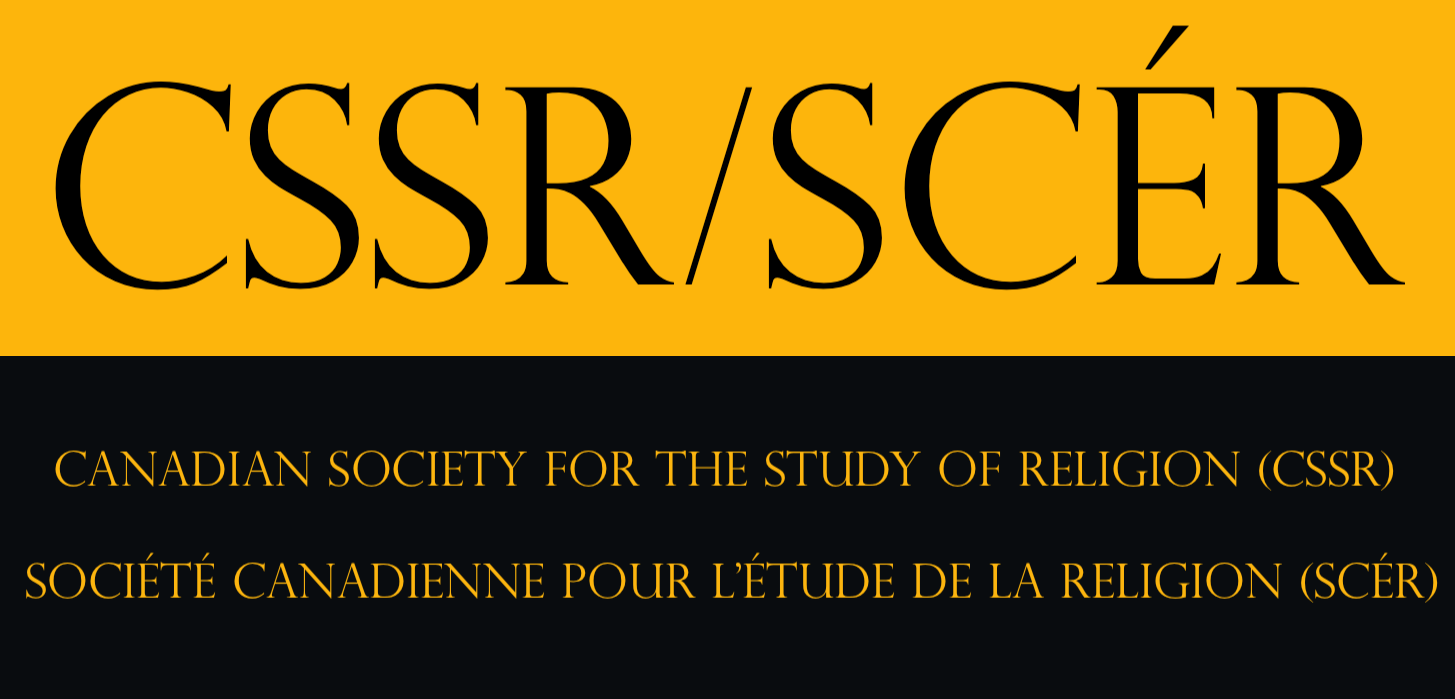CFP — Imaging the Ineffable: Representation and Reality in Religion and Film
Imaging the Ineffable: Representation and Reality in Religion and Film
Call for Papers:
2013 Interdisciplinary Humanities Graduate Student Conference
Deadline for Submissions: February 4th 2013
The Mahindra Humanities Center of Harvard University invites you to submit paper abstracts for the 2013 Interdisciplinary Humanities Graduate Student Conference on the topic of imaging the ineffable in religion and film. The paradox of showing what cannot be shown is a perennial issue in the fields of both Religion and Film Studies. In one of the most celebrated passages of Buddhist scripture, for instance, the sage Vimalakirti is asked to expound on the ultimate meaning of the Buddha’s teachings. Famously, Vimalakirti responds with silence, for the Buddha’s teachings are beyond words. In the same vein, the celebrated film critic and theorist Stanley Cavell argued that the unique feature of the filmic medium lies in its ability to show us what isn’t there; that is, to make absence present. This conference focuses on the intersection of religion and film in their aspirations to challenge the limits of signification. Papers are welcome on any of the following topics:
· The Representation of the Unrepresentable. How do different religious traditions negotiate the representation of the unrepresentable? How do films presence absence or emptiness? How do films reflect or express particular religious negotiations of the unrepresentable? How might we examine the ways these concerns are translated into various filmic techniques that can help us understand the possibilities, limitations, and ethical ramifications of imaging the ineffable?
· Illusion and Reality. Religion and film share a unique link by virtue of the way that each specifically engages a tension between reality and illusion. How can religious perspectives on the illusory nature of reality, as well claims about the reality of illusion, inform views on the role and relevance of film, itself a highly artificial and mediated form? How can attention to the medium of film – ephemeral bursts of light flickering rhythmically on a screen – be productive for thinking about the interplay of illusion and reality, fiction and truth, artifice and authenticity in religious contexts?
· Experience and Embodiment. In response to recent academic shifts towards attending to issues of the senses, embodiment and aesthetics, how might religion use film to approach the aesthetic, sensory and embodied modes of religious experience? Conversely, how does film engage modes of practice, devotion and so-called ‘religious’ or ‘spiritual’ experience? What are the epistemological consequences of an academic approach that accounts for these sensory dimensions?
· Any of the above three topics in relationship to the films of Nathaniel Dorsky, Abbas Kiarostami, Claire Dennis, Michael Haneke, Robert Gardener, Krysztof Kieslowski, Stan Brakhage, Yasujiro Ozu, Alain Resnais (Night and Fog), Ari Folman (Waltz with Bashir) or Satyajit Ray (Pather Panchali) are of particular interest, given that we will be screening some of their work at the conference.
Paper abstracts should be approximately 500 words. Final presentation papers should be in the range of 1000-3000 words and will be considered for subsequent publication in the Imaging the Ineffable: Representation and Reality in Religion and Film conference proceedings. Please see our website http://mahindrahumanities.fas.harvard.edu/content/imaging-ineffable for details.
Please email paper abstracts in MS Word format to linaverchery@fas.harvard.edu and zoekn@bu.edu by February 4th 2013. Please include your full name, title, institution, phone number, e-mail, and mailing address in the email and on the paper abstract.
_______________________________________________

